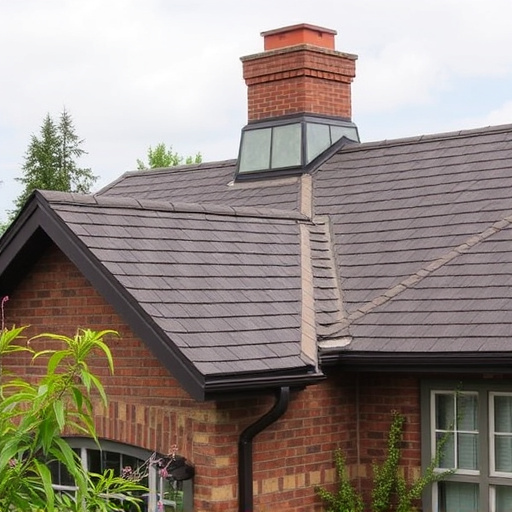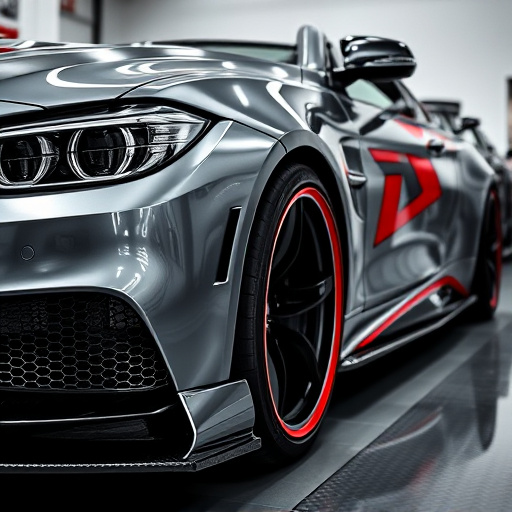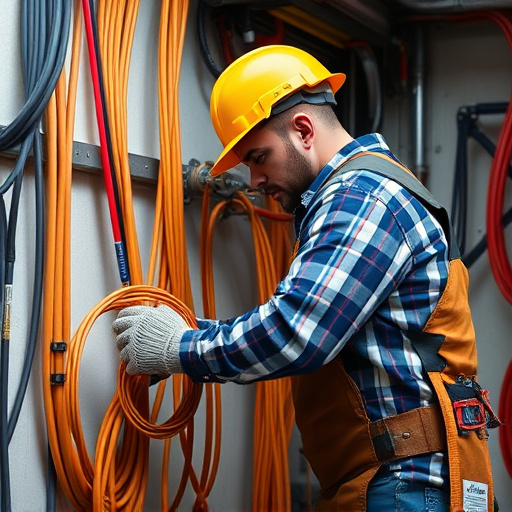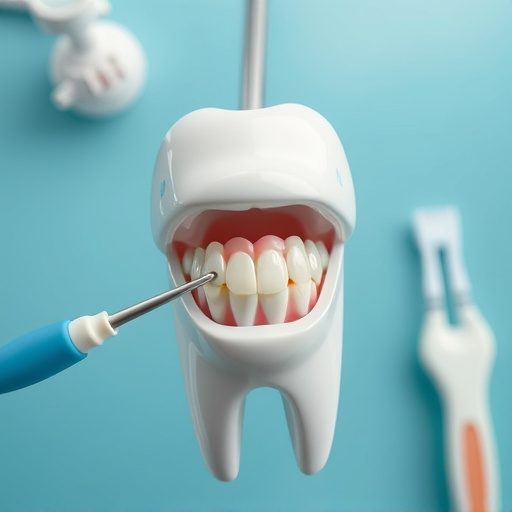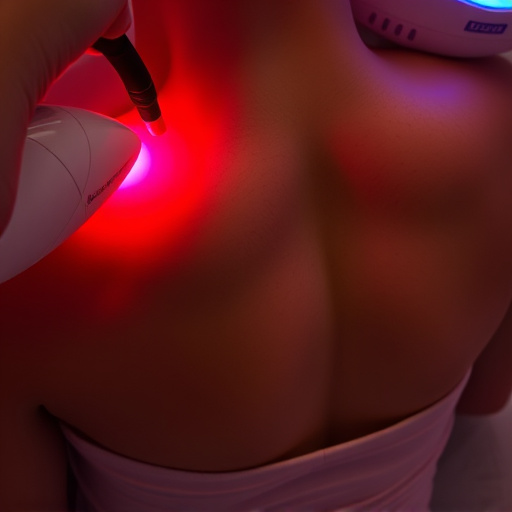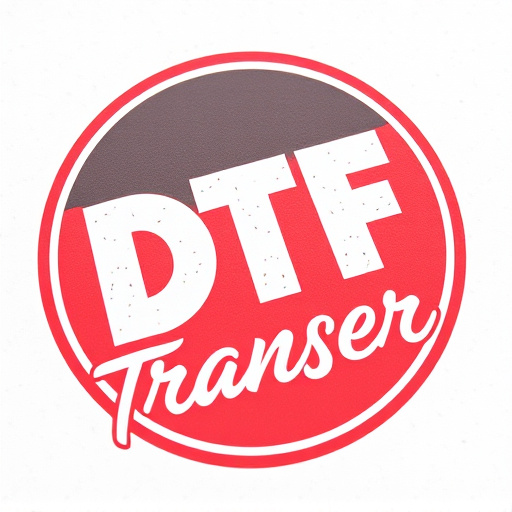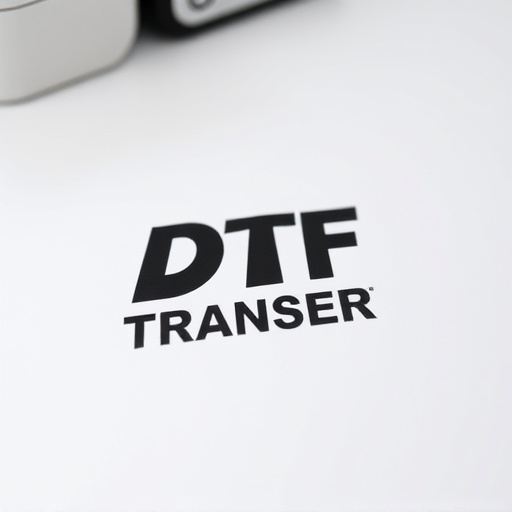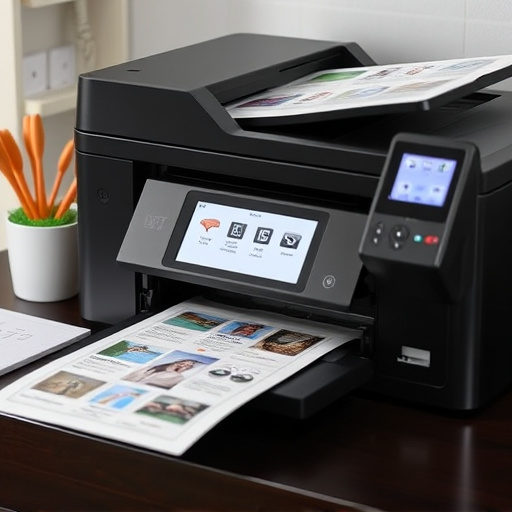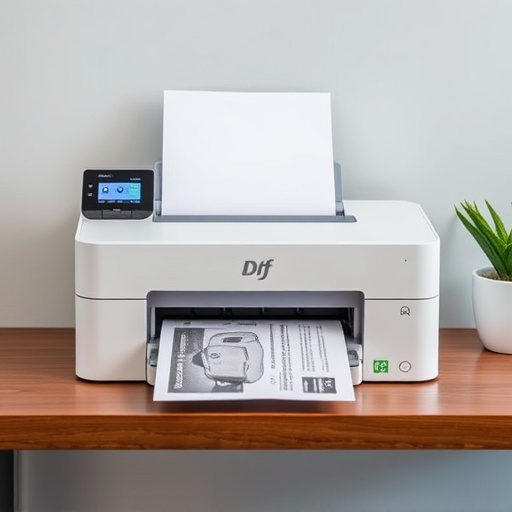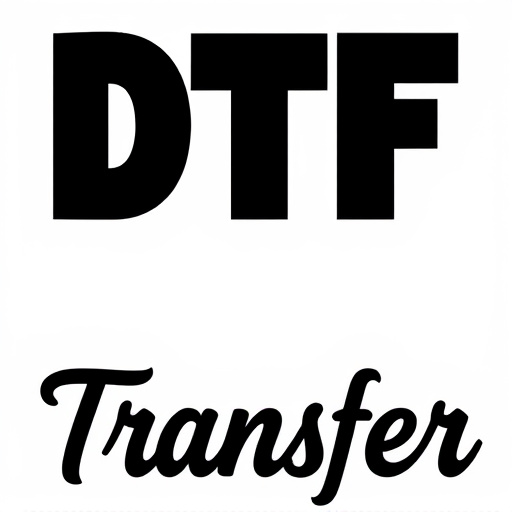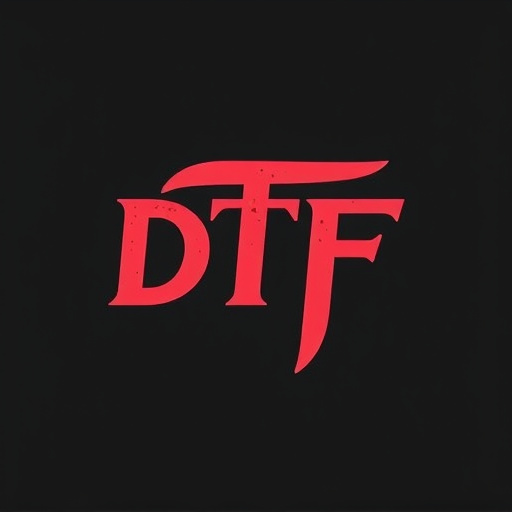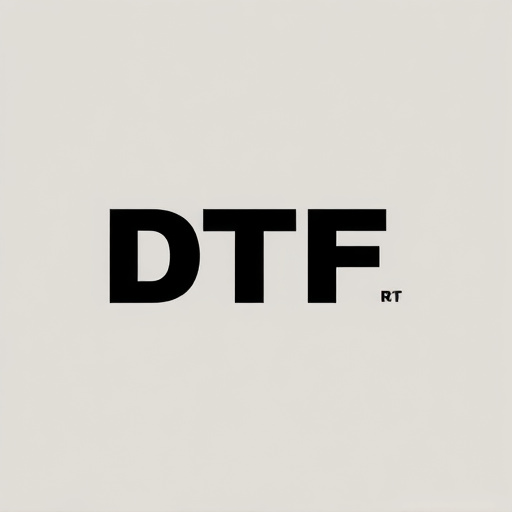DTF Transfer Sheets transform fabric printing by allowing multiple designs to coexist on a single sheet, fostering creativity and efficiency. This technology enables precise placement of design elements, color palettes, and motifs, resulting in harmonious aesthetic compositions. DTF printing's versatility facilitates personalized products across various fabrics for apparel, home decor, and art, enhancing productivity while minimizing material waste through optimal layout configurations. High-quality results require top-tier materials, software precision, and fabric preparation, ultimately unlocking boundless artistic expression.
Unleash your creativity with personalized DTF transfer sheets—a game-changer for crafting unique designs. This comprehensive guide explores the art of combining multiple patterns on one sheet, offering a seamless integration process known as DTF printing. From understanding DTF transfer sheets to maximizing efficiency and exploring creative possibilities, we delve into best practices to ensure high-quality results. Discover how to optimize layouts, ensuring each design stands out, and create stunning, personalized DTF prints that leave a lasting impression.
- Understanding DTF Transfer Sheets: A Comprehensive Guide
- The Art of Combining Multiple Designs: Design Considerations
- DTF Printing Process: Step-by-Step for Seamless Integration
- Maximizing Efficiency: Tips for Optimizing Layouts on One Sheet
- Creative Possibilities: Uniquely Personalized DTF Prints
- Best Practices for Achieving High-Quality Results with Multi-Design Transfers
Understanding DTF Transfer Sheets: A Comprehensive Guide

DTF (Direct to Fabric) Transfer Sheets are a game-changer for printers and designers looking to create personalized, multi-design arrangements on a single sheet. This innovative technology allows for precise printing directly onto fabric, enabling the production of unique, one-off pieces or small-batch runs with minimal effort. Each DTF transfer sheet is designed to accommodate multiple design elements, offering a versatile solution for a wide array of creative projects.
By utilizing DTF Printing, users can easily arrange and customize various designs, ensuring each final product is distinct. The sheets are compatible with common printing methods, making the process accessible for both professionals and enthusiasts. This comprehensive guide emphasizes the benefits of DTF Transfer Sheets, showcasing their role in enhancing efficiency and fostering creativity in the world of fabric design and printing.
The Art of Combining Multiple Designs: Design Considerations

The art of combining multiple designs on a single DTF transfer sheet is both a creative challenge and an opportunity to craft unique, visually captivating pieces. When merging distinct design elements, consider their overall aesthetic harmony. Color palettes, motifs, and overall themes should complement one another, ensuring a cohesive final product. For instance, incorporating bold geometric patterns alongside delicate floral prints might create a striking contrast, appealing to diverse tastes.
DTF (Direct to Fabric) printing technology allows for precise placement of designs, enabling users to arrange elements with meticulous care. Design considerations include spatial relationships, negative space utilization, and the balance between positive and negative elements. Playful arrangements can be achieved by overlapping or interweaving designs, while strategic spacing enhances the visibility of each individual print. Experimenting with different orientations and scales of motifs will further enrich the overall composition, resulting in DTF prints that are both artistic and personalized.
DTF Printing Process: Step-by-Step for Seamless Integration

The Direct to Fabric (DTF) printing process is a revolutionary technique that allows for a personalized and seamless integration of multiple designs on a single transfer sheet. This innovative method streamlines the design-to-product transformation, making it an attractive option for both small-scale and large-volume production runs.
Here’s a simplified step-by-step guide to DTF Printing:
1. Design Creation: Start by creating or selecting designs using specialized software. These designs can be intricate patterns, text, or illustrations tailored to individual preferences.
2. Digital File Preparation: The chosen designs are converted into digital files, ensuring they meet the specific requirements for DTF printing. This includes proper resolution and color profiles for optimal print quality.
3. Printing on Transfer Sheet: Using a DTF printer, the digital files are printed directly onto a specialized transfer sheet. This sheet acts as a temporary carrier for the design, allowing for precise placement on various fabric types.
4. Curing Process: After printing, the transfer sheet goes through a curing process, typically involving heat or UV light, to ensure the inks adhere permanently to the sheet.
5. Application onto Fabric: The cured transfer sheet is then carefully applied to the desired fabric. This can be done by hand or with the aid of pressure machines for even distribution and maximum adhesion.
6. Heat Pressing: To finalize the process, a heat press is used to bond the design permanently onto the fabric. This step ensures the prints are durable, vibrant, and ready for use in various products like apparel, accessories, or home decor items.
Maximizing Efficiency: Tips for Optimizing Layouts on One Sheet
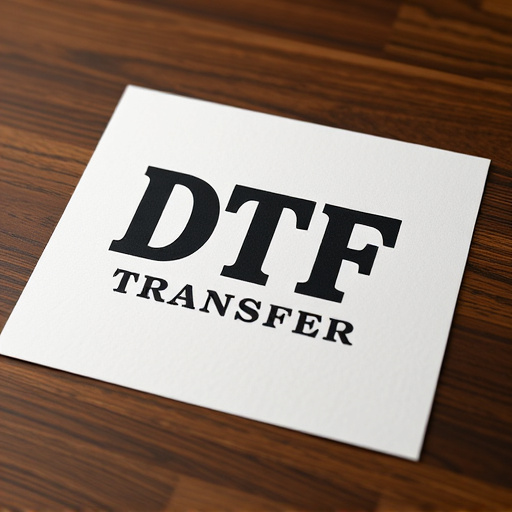
Maximizing Efficiency with DTF Transfer Sheets
When personalizing designs on a single transfer sheet, optimizing the layout is key to enhancing productivity and reducing waste. One effective strategy is to prioritize space utilization by arranging smaller motifs or detailed elements closer together. This technique allows for more intricate patterns within a compact area, maximizing the potential of each DTF transfer sheet. By carefully considering the size and complexity of your designs, you can fit more DTF prints in less space.
Additionally, consider using layout software to experiment with different configurations before committing to a design. Virtual arrangement tools enable you to visualize how various elements will look when printed side by side, ensuring an efficient use of the sheet’s real estate. Remember that optimal layouts not only save material but also streamline your production process, making DTF printing a more viable and time-saving option for custom designs.
Creative Possibilities: Uniquely Personalized DTF Prints
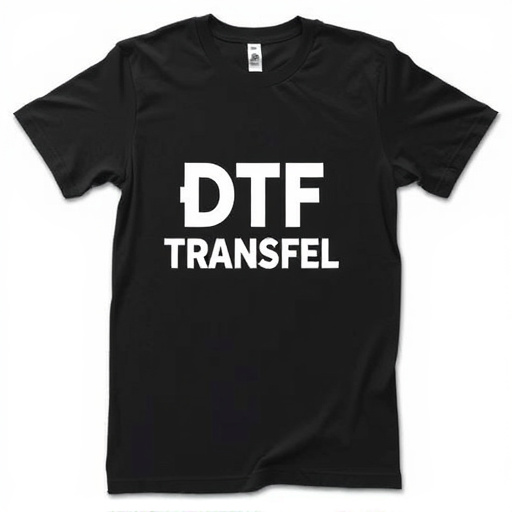
The personalized arrangement of multiple designs on one transfer sheet opens up a world of creative possibilities with DTF (Direct-To-Fabric) printing. By combining various patterns, textures, and colors, artisans can craft truly unique and personalized pieces. Each DTF print becomes a canvas, allowing for intricate details and precise placement of designs. This technique is not just limited to clothing; it can be applied to home decor, accessories, and even art pieces, making each creation one-of-a-kind.
With DTF Transfer, the options are endless. You can create custom logos, exclusive illustrations, or even incorporate photos onto a variety of fabrics. This level of personalization enables individuals and businesses alike to stand out in a crowded market. Whether it’s designing apparel with multiple graphics or fabricating complex home goods, the versatility of DTF Printing allows for an unparalleled level of artistic expression and individualization.
Best Practices for Achieving High-Quality Results with Multi-Design Transfers
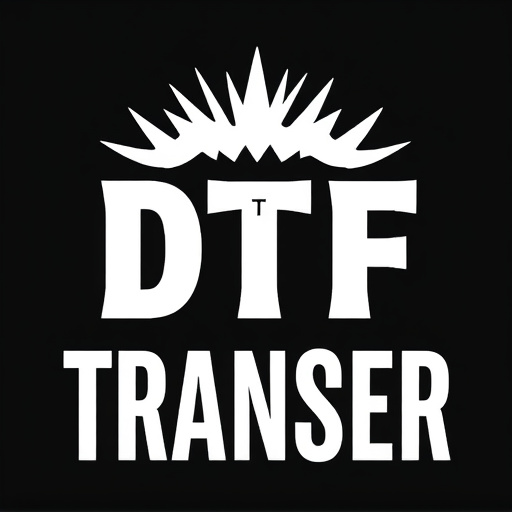
Achieving high-quality results with multi-design transfers requires a thoughtful approach and adherence to best practices. Firstly, ensure your DTF (Direct To Fabric) transfer sheet is of top quality, as this directly impacts print accuracy and longevity. Use compatible inks and printers designed for DTF printing to avoid smudging or bleeding of colors. Pre-treating fabrics with appropriate solutions can enhance adhesion, especially when dealing with diverse material textures.
Secondly, precise design arrangement is key. Utilize specialized software to position each design accurately on the transfer sheet, considering factors like fabric stretch and potential shrinkage. Overlapping designs strategically can create unique effects but requires careful alignment. Test prints on scrap fabric to verify positioning and color intensity before finalizing the layout. This process ensures your multi-design DTF transfers result in vibrant, crisp prints that truly showcase your creativity.
